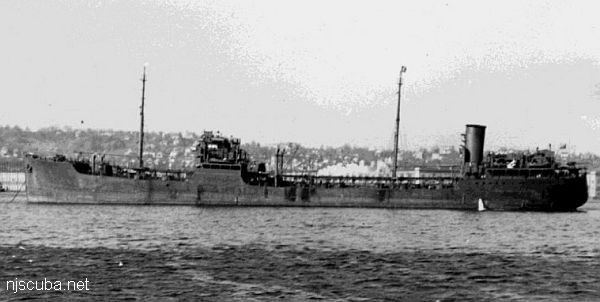Long Island East Dive Sites (1/4)
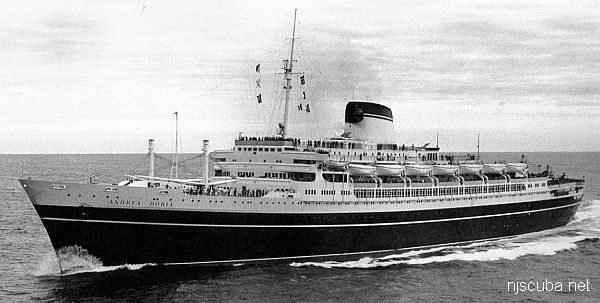

- Type:
- shipwreck, liner, Italy
- Name:
- A 16th century Genoese Admiral. This name had been previously carried by a number of Italian warships ( see page bottom )
- Built:
- 1951, Italy
- Specs:
- ( 700 x 90 ft ) 29083 displacement tons, 1706 passengers & crew
- Sunk:
- Thursday July 26, 1956
collision with freighter Stockholm ( 12000 tons) - 46 casualties - GPS:
- 40°29.405' -69°52.028' (AWOIS)
- Depth:
- 240 ft ( 190 ft minimum )
More: Andrea Doria ...
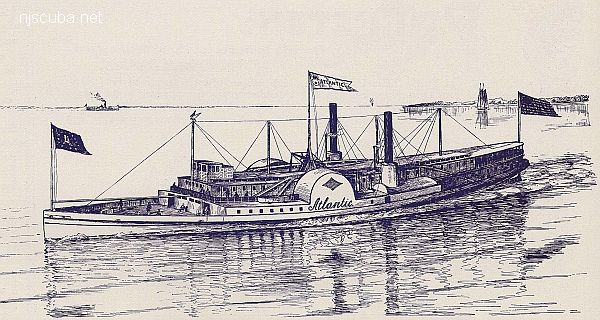
- Type:
- shipwreck, steamer, USA
- Built:
- May 1846, Jeremiah Simonson, New York NY USA
- Specs:
- ( 320 x 36 ft ) 1112 gross tons, 75 passengers & crew
- Sunk:
- Friday November 26, 1846
boiler explosion; then grounded during storm on Fisher's Island - 45 casualties - Depth:
- 20 ft
More: Atlantic ...
- Type:
- shipwreck, tugboat, USA
- Built:
- 1937, Bethlehem Beaumont, Beaumont TX USA
- Specs:
- ( 68 ft ) 4 crew
- Sunk:
- Tuesday November 25, 1971
structural failure during storm due to improper modifications - 2 casualties - Depth:
- 136 ft
More: Barataria ...

Dozens of jetties up and down the coast have been cut-though at the base like this one, making them inaccessible to fishermen, but not divers !
More: Beach Jetties ...
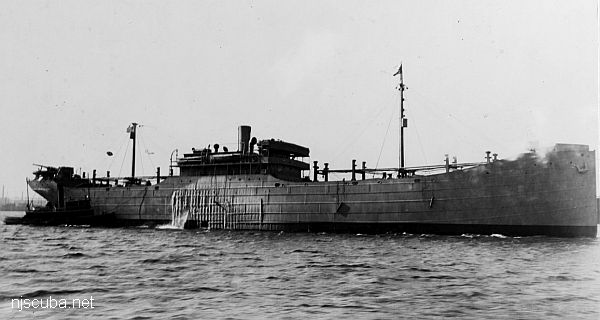
- Type:
- shipwreck, collier, USA
- Built:
- 1918, New York Shipbuilding, Camden NJ USA
- Specs:
- ( 369 x 55 ft ) 5353 displacement tons
- Sunk:
- Saturday May 5, 1945
torpedoed by U-853 - 12 casualties - Depth:
- 85 ft
More: Black Point ...

- Type:
- shipwreck, freighter, England
- Built:
- 1895, England
- Specs:
- ( 340 x 45 ft ) 3625 gross tons, 30 crew
- Sunk:
- Monday December 25, 1904
ran aground in snow storm, incompetence - no casualties - Depth:
- 20 ft
More: Drumelzier ...
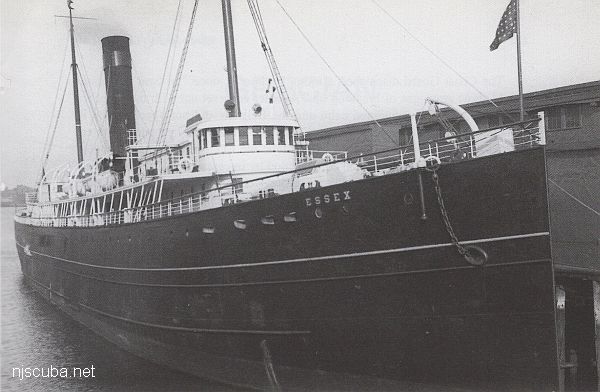
- Type:
- shipwreck, steamer
- Built:
- 1890, Cramp Shipbuilding, Philadelphia PA USA
- Specs:
- ( 272 x 40 ft ) 3018 tons
- Sunk:
- Thursday September 25, 1941
ran aground on Block Island - no casualties - Depth:
- 30 ft
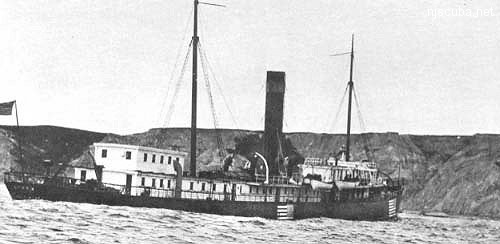
More: Essex ...
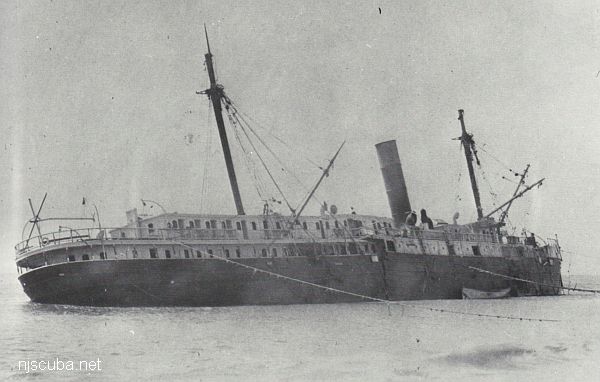
- Type:
- shipwreck, steamer, USA
- Built:
- 1878, Delaware River Iron Shipbuilding & Engine Works, Chester PA USA
- Specs:
- ( 254 x 39 ft ) 1997 gross tons
- Sunk:
- Thursday February 8, 1900
ran aground in dense fog - no casualties - Depth:
- 25 ft
More: Gate City ...

